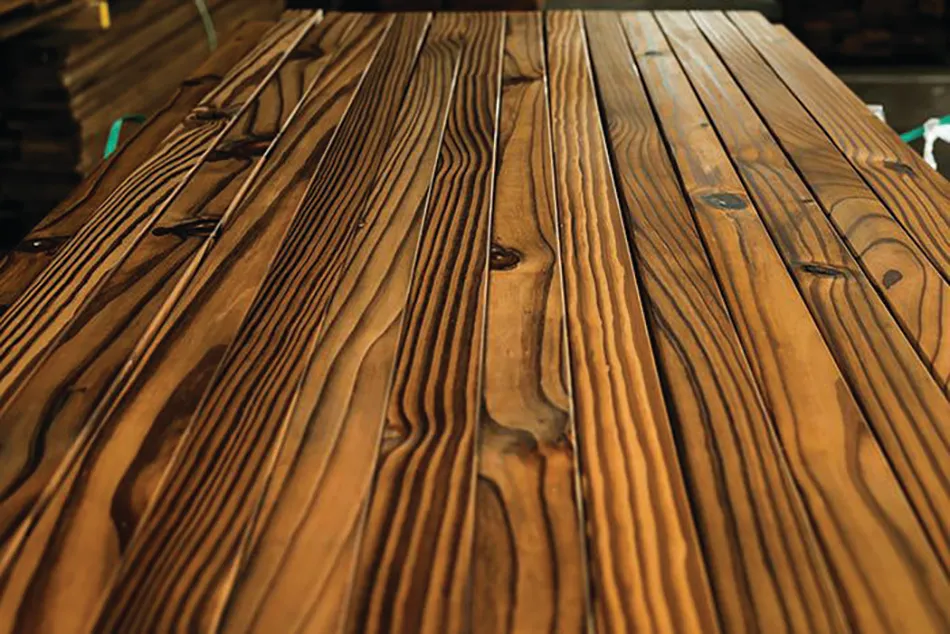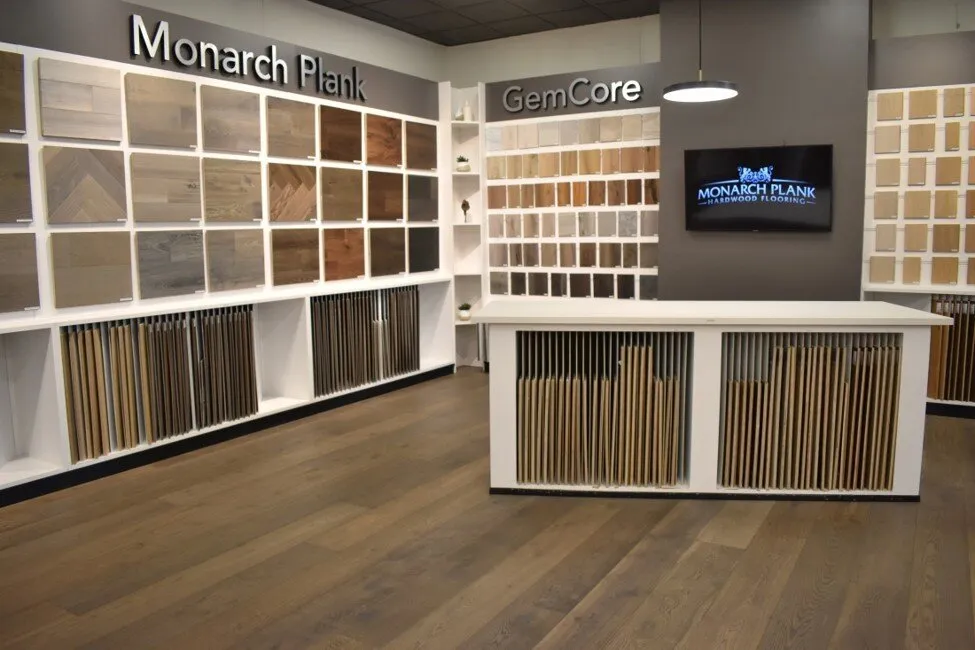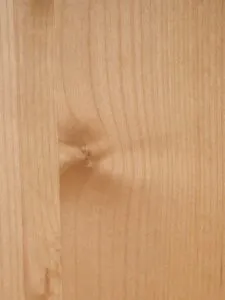Table of Contents
Pressure treated southern yellow pine has been a staple product in outdoor living for over half a century. Contractors are able to let their creativity shine with brilliant designs all while following current best building practices set forth by industry professionals. Quality starts with buying the right product and hiring the right builder, but consumers bear the responsibility for protecting their investment long-term.
If a homeowner does not follow through with a plan for routine maintenance, money spent on quality workmanship is futile. We see it repeatedly in the world of treated lumber. The initial homeowner expectation is to pay the upfront cost and enjoy—but there is more to it than that.
The auto industry does a great job of setting the expectation that cars require routine maintenance—a good detail every once and a while, an oil change, and even new tires comes naturally without hesitation.
While recommended upkeep and maintenance is standard procedure for building industry professionals, it is not common knowledge or practice for homeowners. What happens next? A few years of no TLC and they step out one spring morning to find a tanked investment.
Here at Madison Wood, we are working hard with multiple programs for dealers to help set proper expectations with consumers and send one clear message: wood is a great low-cost alternative for outdoor projects, but it requires upkeep during the entire lifespan to preserve its aesthetic and structural value, just like anything else.
We’ve compiled a list of our favorite tips from industry professionals that dealers should keep in mind when making recommendations to homeowners on future treated wood projects:
1. Choose the right treated wood for the application (they aren’t all the same). Warranties only protect consumers when the wood is used properly. If the tags on the end of the board say “Above Ground” recommend with caution. “Above Ground” has several rules on what is considered proper application such as being at least 6 inches off of the ground and being clear from debris. We insist that dealers and homeowners do their research. Or, take the safe route and buy all Ground Contact treated lumber.
2. Wood screws… wood screws… and more wood screws. Treated wood is a natural product. It will swell and shrink as it accepts/releases moisture. Although nails may save money initially on a quote, it isn’t worth the phone call from an upset customer saying their boards have pulled through the fastener and cupped. The same theory applies to hidden fastener systems. Remember, natural characteristics of southern pine and other species such as checking and cupping aren’t covered under pressure treated wood warranties.
3. End coat solutions. Experienced dealers that remember the chromated copper arsenate “CCA” formulation (no longer permitted in residential use) may think this step isn’t necessary, but we disagree. Coating the ends of cut boards gives added protection against pockets of heartwood and areas with decreased penetration. Although it’s not required, there is a huge value in users taking this extra step.
4. Staining at the right time is crucial. Consider promoting a clear, UV light-protecting water repellant product for contractors to apply immediately, regardless of moisture content, to help minimize checking and cupping while they wait for their deck to dry. The industry pumps out generic information saying people should wait nine months before putting any type of colored sealant on their treated softwood lumber. Geographically, climates vary vastly in dry times. These instructions were written vaguely in efforts to cover a majority instead of being specific. We recommend dealers encourage the use of a moisture meter to help determine if wood reaches that critical 19% or less moisture content; the point at which it is ready for paint or stain. They will need to test several sections of the deck, especially shady or damp areas in order to get an accurate reading.
5. Routine maintenance is key. We know this sounds cheesy but hear us out. People schedule oil changes by knowing how many miles they have left, their deck should not be much different. Cleaning, inspecting and repairing! Homeowners need to understand that treated wood is not a maintenance free product before they buy. If they see debris building up or mold then it is time to clean—that broken step will not fix itself! Setting the expectation early on that pressure treated wood requires continual upkeep is crucial to the overall satisfaction of your customer.
The element of education can add an unmeasurable value to any sale. Here at Madison Wood, we encourage all dealers and even contractors to take the time to find ways to incorporate best practice into daily conversation. After all, as industry professionals, we are the first step in teaching consumers how to protect their investment for the long haul.









